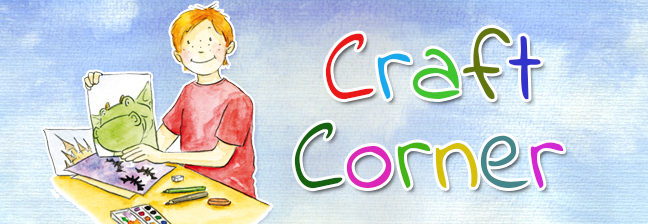
Bottle Thermometer – Flaschenthermometer
What you need
- A bottle with a screw top
- A transparent straw
- Colouring (water-based paint or food colouring)
- Some modelling clay
- A felt-tip pen (waterproof)
- Scissors

And this is how it works
Fill half of the empty bottle with water and add some colouring. Tighten the bottle top and shake the bottle until the colouring has completely dissolved. Then fill the rest of the bottle with water. The bottle should be as full as possible. You will now probably need the help of an adult: use the point of the scissors to carefully (!) make a hole in the bottle top. The hole must be big enough for the straw to fit in. Now push the straw through the bottle top until it hangs a few centimetres in the water. Seal the hole in the bottle top around the straw with modelling clay until you are sure that no air can get into the bottle.
Now unscrew the bottle top, because some air has to be let into the bottle. Carefully suck on the straw until the water inside it rises around five centimetres above the bottle top. Tighten the bottle top again and keep the water in the straw, for example by using your tongue to keep the straw sealed.
You now need the felt-tip pen: mark the water level on the straw, this is your room temperature. You can now place the bottle on a sunny window sill or in your fridge. The water will go up in the sun and go down in the fridge. If you mark the water level each time you can then roughly take a reading of how warm or cold it is. Have fun experimenting!
The translation
Klicke hier für die Materialliste auf Deutsch
Was du dafür brauchst
- Eine Flasche mit Schraubverschluss
- Einen transparenten Strohhalm
- Farbe (Wasserfarbe oder Lebensmittelfarbe)
- Etwas Knetgummi
- Einen Filzstift (wasserfest)
- Eine Schere
Klicke hier für die Übersetzung der Anleitung
Und so funktioniert’s
In die leere Flasche füllt ihr zur Hälfte Wasser und gebt etwas Farbe hinein. Verschließt die Flasche und schüttelt sie so lange bis die Farbe sich restlos aufgelöst hat. Danach füllt ihr den Rest der Flasche mit Wasser auf. Die Flasche sollte so voll wie möglich sein. Nun braucht ihr wahrscheinlich die Hilfe eines Erwachsenen: Mit der Scherenspitze bohrt ihr vorsichtig (!) ein Loch in den Deckel der Flasche. Das Loch muss groß genug für den Strohhalm sein. Nun steckt ihr den Strohhalm durch den Deckel bis er wenige Zentimeter im Wasser hängt. Jetzt dichtet ihr das Loch im Deckel um den Strohhalm herum gut mit Knetgummi ab bis ihr sicher seid, dass keine Luft in die Flasche kommt.
Danach öffnet ihr den Deckel, denn jetzt muss wieder ein bißchen Luft hinein. Saugt vorsichtig an dem Strohhalm bis das Wasser darin etwa fünf Zentimeter über den Deckel steigt. Dreht den Deckel wieder fest zu und haltet dabei das Wasser oben, zum Beispiel indem ihr den Strohhalm mit der Zunge verschlossen haltet.
Jetzt braucht ihr den Filzstift: Markiert den oberen Rand der Wassersäule am Strohhalm, das ist eure Zimmertemperatur. Jetzt könnt ihr die Flasche zum Beispiel auf eine sonnige Fensterbank stellen, oder in euren Kühlschrank. Das Wasser wird in der Sonne nach oben steigen und im Kühlschrank sinken. Wenn ihr den Wasserstand jedes Mal markiert dann könnt ihr grob ablesen wie warm oder kalt es gerade ist.
Viel Spaß beim Experimentieren!


